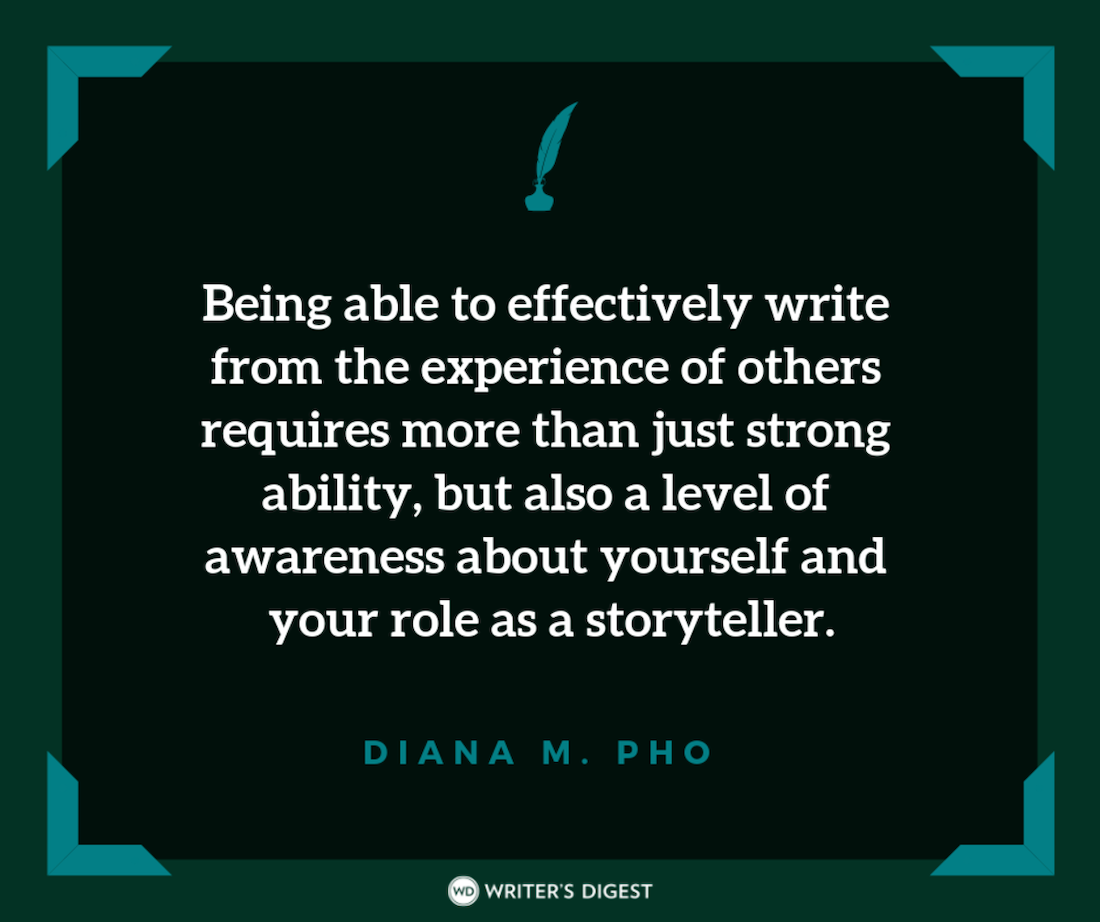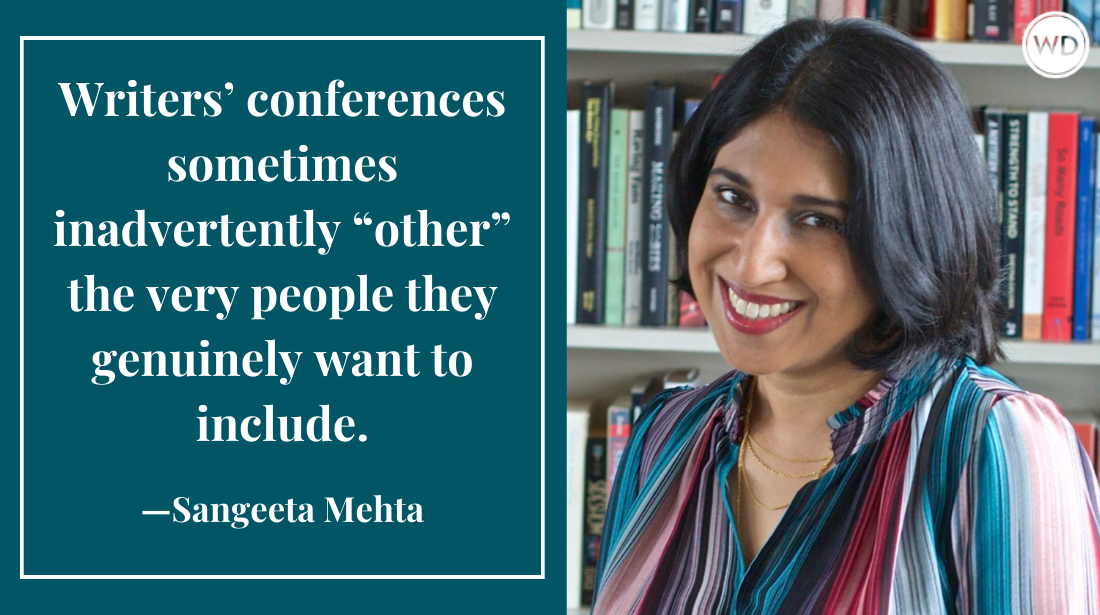Want a Crystal Ball to See the Future of Publishing? You Have One.
I’m often asked by writers what the future of publishing looks like. Will print survive? (Yes.) Will newspapers survive? (A few.) Will book publishing become a do-it-yourself free for all?…
I'm often asked by writers what the future of publishing looks like. Will print survive? (Yes.) Will newspapers survive? (A few.)
Will book publishing become a do-it-yourself free for all? (For some.)
Will anyone pay for content, or will a free model reign? (Both.)
Confused yet?
Everyone is.
Amidst the chaos, there is one voice I keep going back to again and again. I
first discovered Mike Shatzkin at the 2007 BookExpo America. Mike gave a speech, "End of General Trade
Publishing Houses: Death or Rebirth in a Niche-by-Niche World." (Click
here for the text of that speech.)
What he said was dead-on true to what I
was experiencing in my job—and felt in my gut—even though the speech was looking
10, 20, even 30 years out.
From that point on, I wanted to know everything this guy was ever going to say, and thank god for the rest of us, he started a blog earlier this year.
So
it was a dream come true for me (personally and professionally) when
F+W (the parent company of Writer's Digest) partnered with Mike on a new event called Digital Book World.
You can read Mike's announcement of the event here. A little of what he says:
In
the trade space, one of the big ebook topics (which we plan to explore
in depth at DBW) is “pricing.” What should ebooks cost the consumer?
The convention among trade publishers has been to peg ebook retail
prices to the least-expensive edition available in print. So if there
is a cloth edition and a paperback edition, the publisher would be
guided on ebook pricing by the paperback (usually setting at or
slightly below the print book price.)
But in academic publishing,
hardcover and paperback editions are often published simultaneously.
The publisher figures that the paperbacks are for the students; the
hardcovers are for the libraries. Since ebooks in the academic space
are considered primarily library items, and because they have often
become part of larger searchable databases, the academic publishers
would set their ebook prices based on the hardcover, the more expensive
print book available. He also said that sometimes they are even more
expensive than the hardcover, because of the additional functionality
they have, like links and embedded video.
This was important
information for our client, who works across publishing segments. But
if presented without a clear contextual frame, it could well be
confusing information to a consumer trade publisher (or an academic
publisher) trying to figure out a pricing strategy. Because we are
tightly focused on consumer trade publishing, our panel(s) at DBW might
not mention a tie-to-hardcover pricing, but if we did, we’d pose the
model and talk about why it made sense in some other context, but not
in ours. We’ll be talking about lots of other things that affect price:
discounts, retailer strategies and control, the impact of the publisher
selling direct to the consumer, and the extent to which there is
enrichment or enhancement, for example. All of those things, as well,
are somewhat different in the consumer space than in the others, where
aggregation and value-added capabilities are critical components of
ebook development.
It would be very easy in an economic climate
like today, where we see newspapers and magazines closing, to
bemoan the state of the industry.
But I continue to be optimistic,
because I feel like I have a small grasp on what the future is like,
and how I can successfully adapt to it (along with my company). And that's what
Digital Book World is all about—adapting in a way
that can positively impact our business today.
Photo credit: Silver ArTiSt
Jane Friedman is a full-time entrepreneur (since 2014) and has 20 years of experience in the publishing industry. She is the co-founder of The Hot Sheet, the essential publishing industry newsletter for authors, and is the former publisher of Writer’s Digest. In addition to being a columnist with Publishers Weekly and a professor with The Great Courses, Jane maintains an award-winning blog for writers at JaneFriedman.com. Jane’s newest book is The Business of Being a Writer (University of Chicago Press, 2018).









